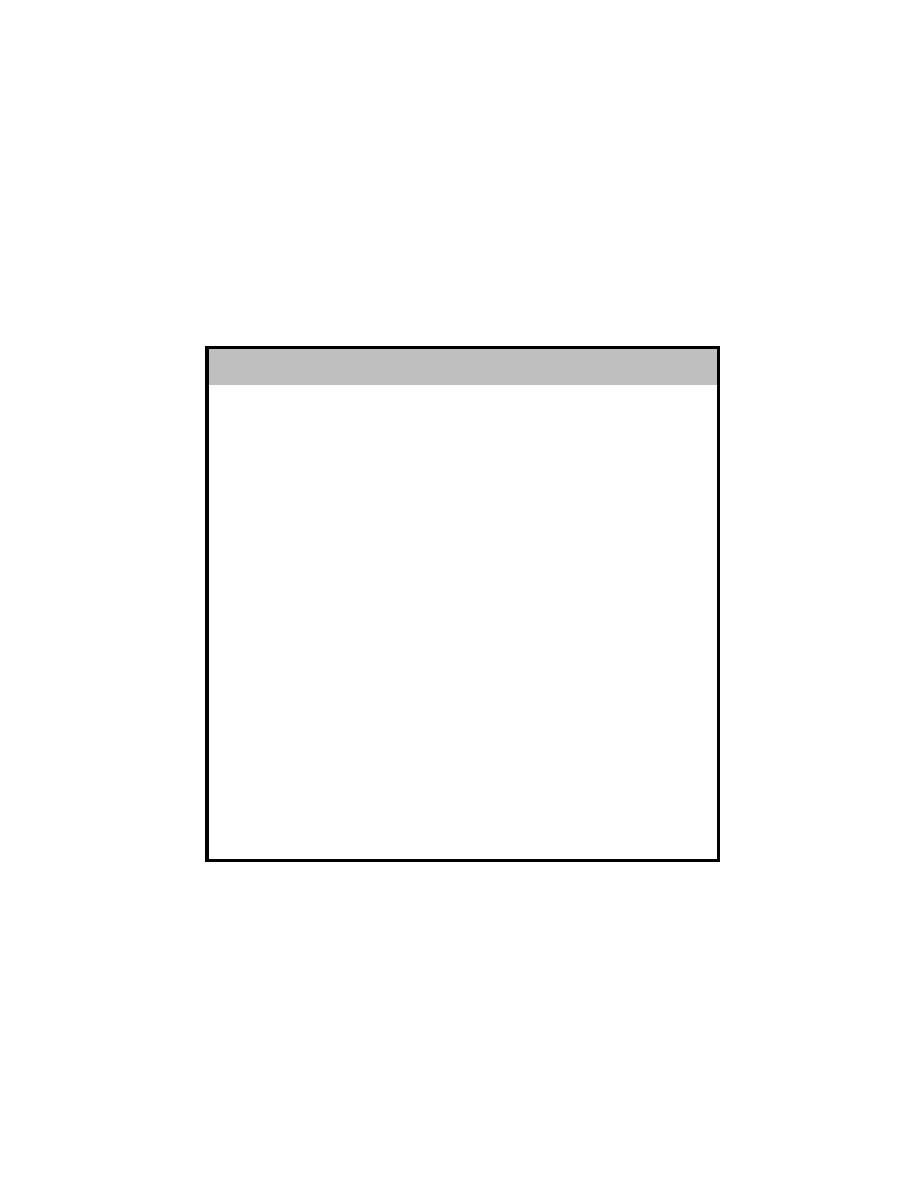
reconnaissance is being planned:
Every coast will be different or unique.
Every coast will vary relative to geographical or physical layout.
Coastal soil will vary (for example, soft sand, boulders, rocky, lava beds).
Coastal surf turbulence will be unavoidable.
Coastal tidal fluctuations will vary as much as 200 feet.
Distance of water level from purification site will be limited by equipment.
When performing the reconnaissance, the water supply section leader should ensure a representative
from the command surgeon is present.
Table 1-4. Raw water constituents (maximum allowable) water quality standards
CONSTITUENT
STANDARD
Physical and Chemical:
Chloride
30,000 MG/L
Chlorine demand
No limit
Color
No limit
Hardness, total
No limit
Magnesium
No limit
pH
4 - 10 units
Sulfates
No limit
TDS
55,000 MG/L
Turbidity
150 NTU
Bacteriological:
Coliform
1 x (10)6 per 100 ML
(as measured with the membrane
filter technique)
Chemical Agents:
Cyanide
20 MG/L
Lewisite
20 MG/L
Mustard
20 MG/L
Nerve Agents
20 MG/L
Gross beta activity
100,000 PCI/L
Development of Seawater Sources. You need to consider the following factors when developing
seawater sources: surf action, saltwater corrosion, suspended sand and silt in the water, living organisms,
surface oil along beaches, and the rise and fall of the water level with the tide. In arctic regions, another
factor to consider is the potential for damage to raw water supply lines from ice floes washing onto the
beach. In all regions, if possible, locate RO equipment in sheltered bays, harbors, lagoons, or inlets. You can
supply raw water by intakes constructed the same as surface intakes for freshwater. On open beaches and
small islands, there are a variety of different types of intakes that can be constructed.
One type is the saltwater or beach well. These wells can be dug to tap brackish or salt groundwater
(Table 1-5). In some areas, these wells may be dug deep enough to tap into freshwater aquifers. They are
preferred to offshore intakes, for they eliminate the problems caused by tides, surf, and shallow waters near
1-15
QM 4923



 Previous Page
Previous Page
